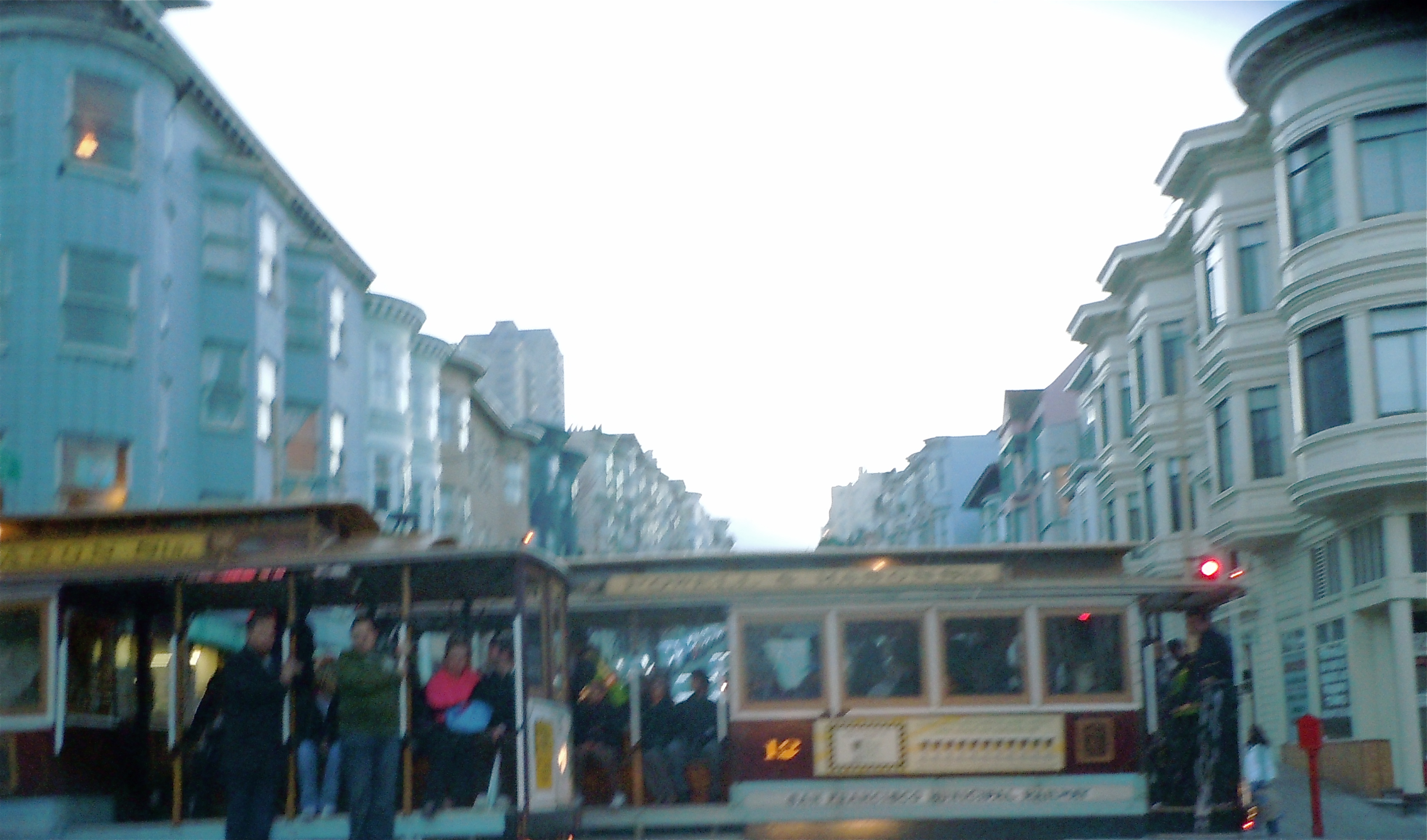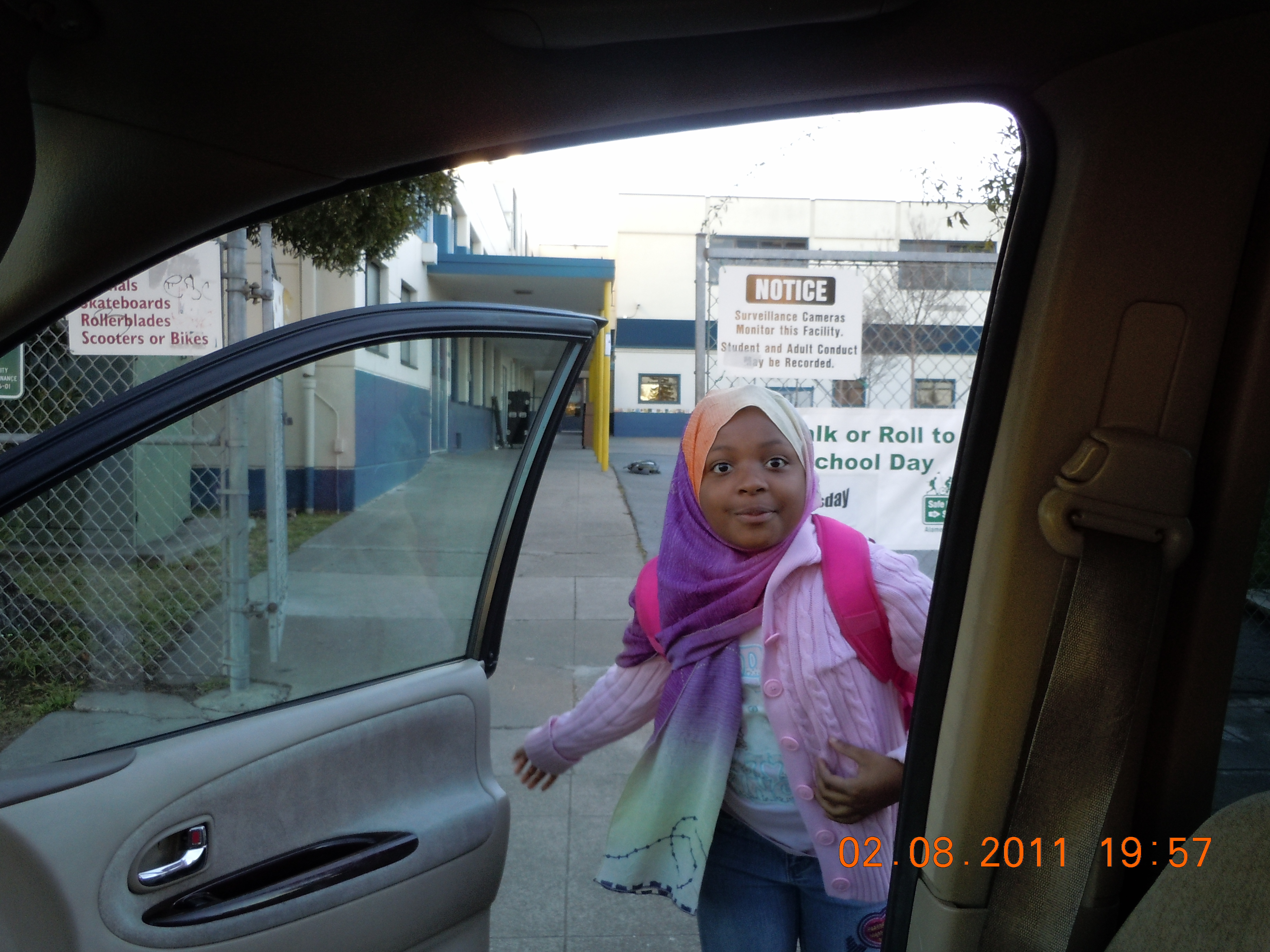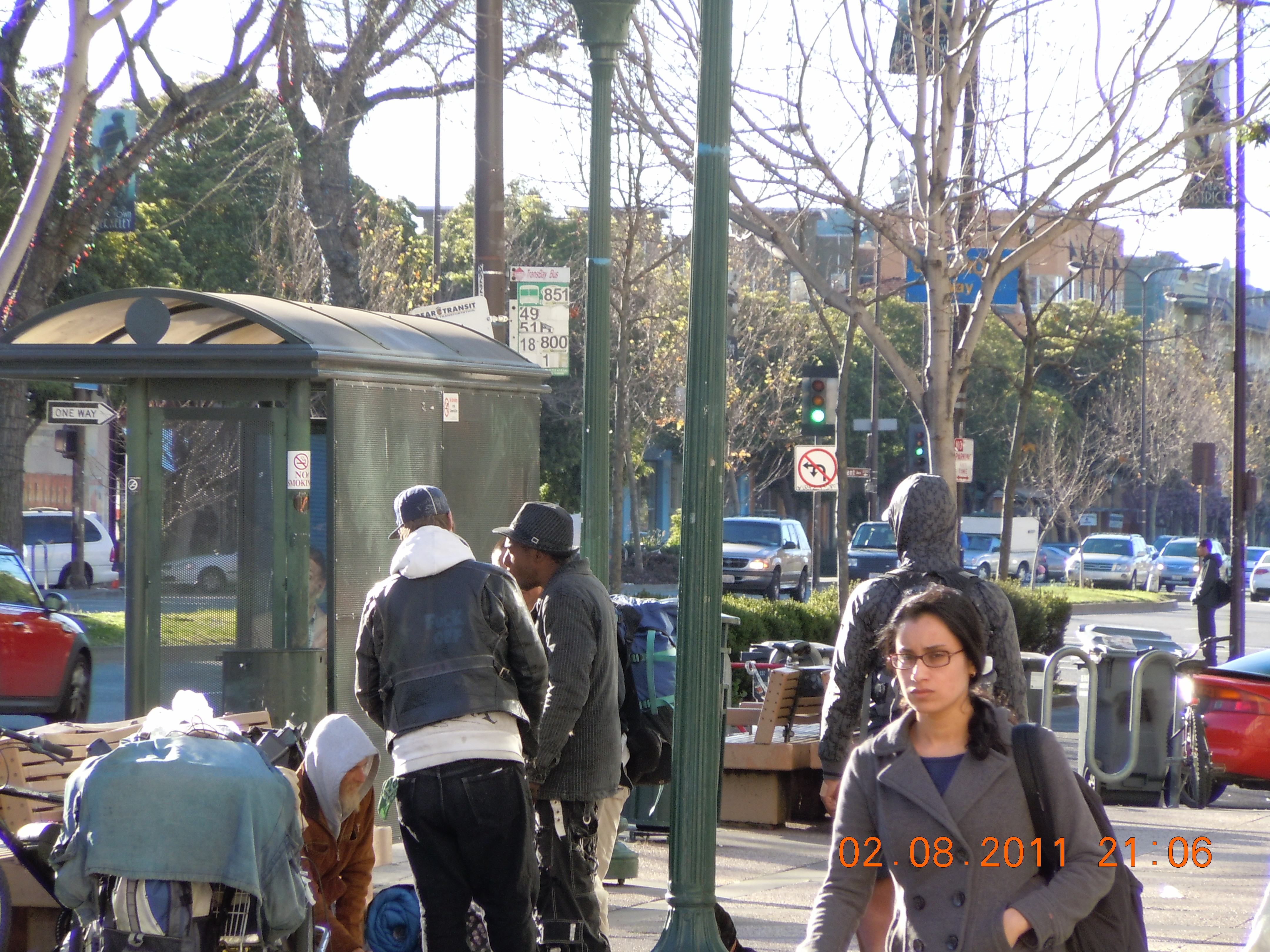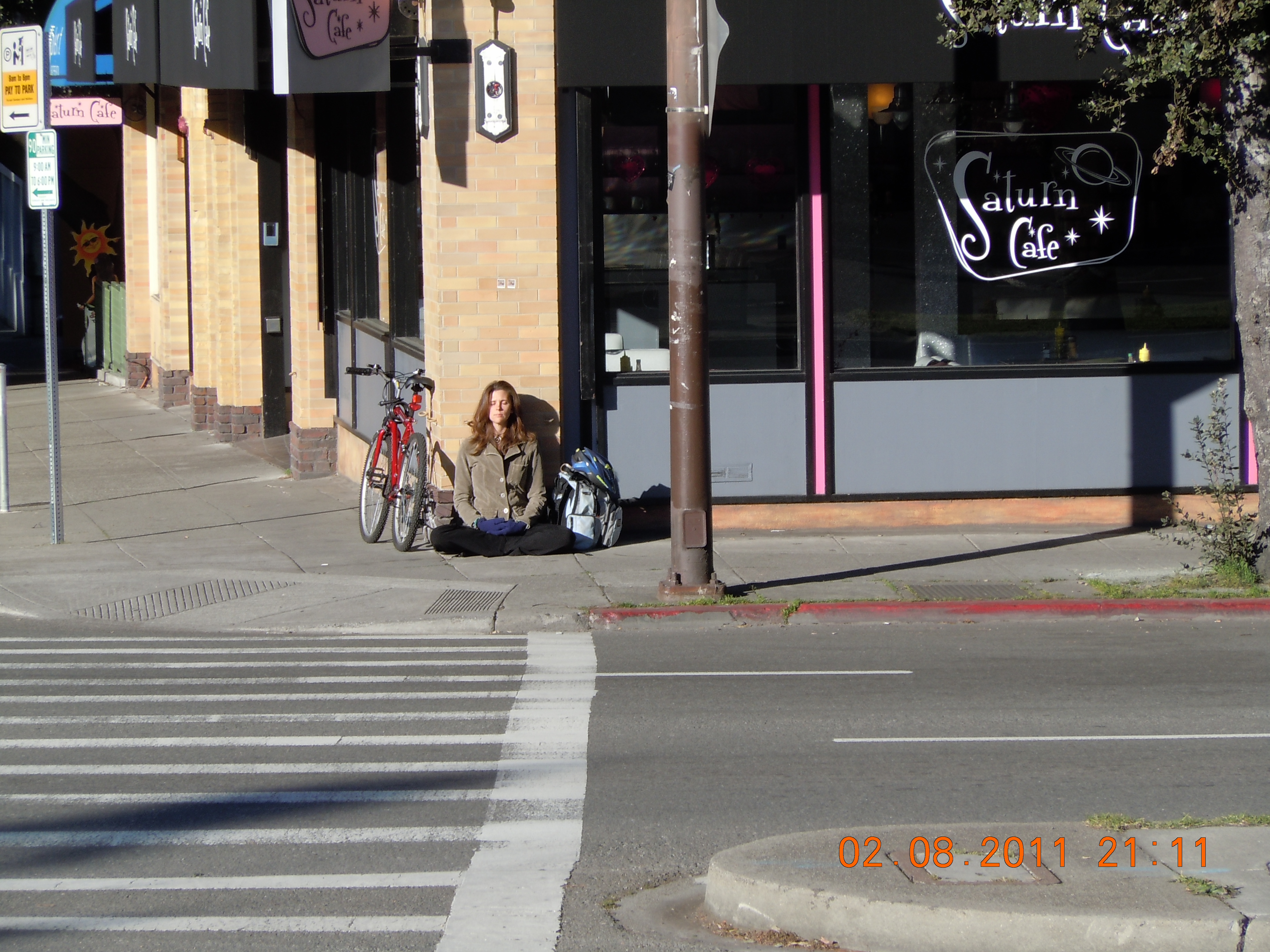Author Archives: snorris
It’s Paying Off Video
Here is the link to the video. Thanks so much for the feedback!
Aaminah
Creative Photography
I saw this link on FB and thought that it raised some interesting questions about metadata. None of these include data so therefor it is up to the viewer to interpret what is presented. Yet when we consider the purpose behind the presentation other than to show off one’s cute children we can consider that a lot more is invested in the creation of this project. As we later read the rationale for the pics at the end of the photos this becomes even more evident.
http://www.mymodernmet.com/profiles/blogs/a-father-who-creatively
Language in and out of context
http://www.flickr.com/photos/35542478@N04/?saved=1
This is a two minute clip of two high school students speaking about their experience with language. I selected this clip to address Collier’s notion of cultural identity in context. Collier argues that “Good research images contain complexity, they record associations and relationships, they are often unremarkable and take time to read” (3). In selection of this clip the intent was to communicate associations and relationships and therefore provide cultural and historical contexts for these young women. Both women discuss their experiences with bilingualism at school, at home, and with family members. My interest is in how much the audience can ascertain about the stories of these young women. How much of what is surmised is given by the students in the interview? How much is revealed by the camera lens?
I began the video in the middle of the conversation with the first student Maria. The hope here was to uncover what a viewer could deduce from what was being said without having the initial question. The camera lens informs the viewer that these are students, as they are filmed in a library, and a classroom respectively. The purpose of the initial research project was to uncover the relationship between mobile phone use and academic achievement. One secondary goal was to discover the connections between the mobile and transnational identity formation. Belinda the Chinese speaker informs the audience that her language is decreasing as she is unable to speak it as often, while Maria talks of her determination to learn and speak Spanish. I cropped the video in order to remove as much of myself from the image as possible and to showcase Maria’s mobile phone. The mobile phone is featured at the end of Maria’s video to highlight the relationship between it and her language use. There is no mobile in Belinda’s video as she says she does not utilize it often other than to speak with her parents.
It seems that through the editing process the meaning and context can be altered. This raises questions for me about Collier’s concept of drawing conclusions from the entirety of the visual. The researcher through video production can alter and therefor frame/reframe the visual. Isn’t this necessary in order to have a complete product? How much does editing impact what the camera sees?
My Final Project
My final project will examine transnational youth’s use of mobile devices for literacy development. It will be a video presentation of interviews and still photography of youth utilizing mobile phones to assist them with schooling. This project will include excerpts from a research study of the digital literacy practices of junior level high school students whose goal was to matriculate to four-year universities. The video will explore the relationship between academic achievement and mobility literacy practices of low-income urban youth who were enrolled in a rigorous afterschool and summer residential college preparedness program. This video will examine the skills and knowledge these youth developed through mobile literacies, the relationships that existed between their mobile literacy skill development and those necessary for academic achievement, and the impact of sponsorship and individual agency on their literacy practices.
Aaminah’s Flickr story
http://www.flickr.com/photos/35542478@N04/
Aaminah’s Three Photo Story
Aaminah’s Morning and the Mistery Girl
- Bye Mom
Revelations and Connect Ed
Here are the links to the Alvin Ailey dance “Revelations” and to the PDF I showed last week Connect Ed.
http://www.youtube.com/watch?v=l9uEq9Sjefg&feature=related
gse.berkeley.edu/admin/publications/connected/connected.pdf
Aaminah’s Intro
I am a third year doctoral student in the Graduate School of Education. My focus area is Language, Literacy, Society, and Culture. My three areas of research are digital literacies, transnational and African American identity formation, and teacher education. I am currently researching mobile literacy practices of urban transnational youth. I have always had an interest in videography and have my BA in Radio and Television Broadcasting. I am keenly interested in digital activism/social justice and critical media literacy as it relates to urban youth. I am intrigued by the use of the visual as a resource or tool for social justice as in the Oscar Grant Case. My email is aaminahm@berkeley.edu. I’m looking forward to getting to know all of you this spring!







